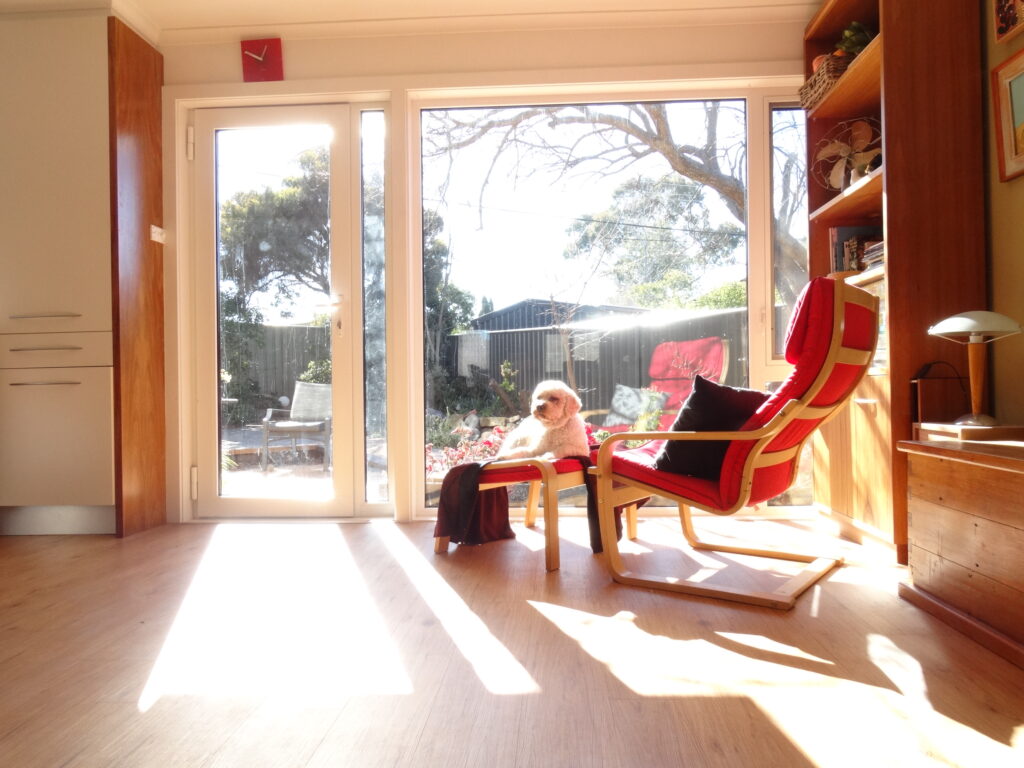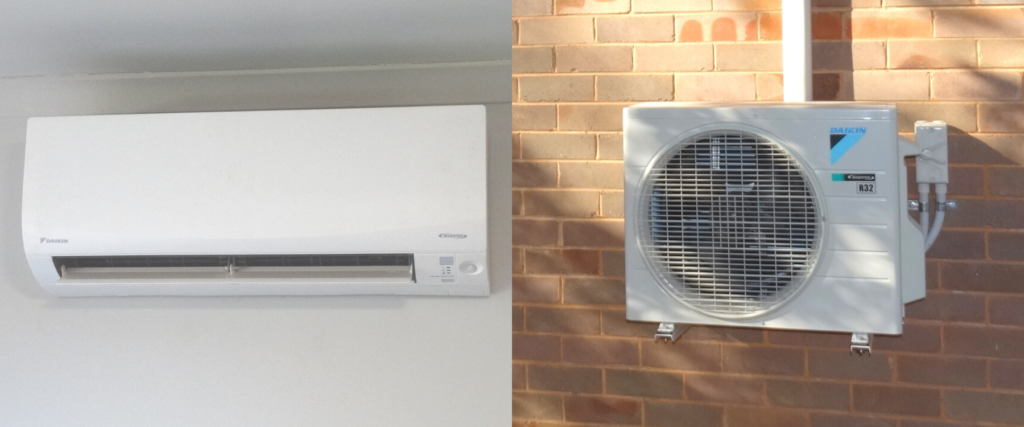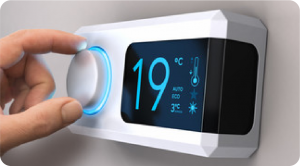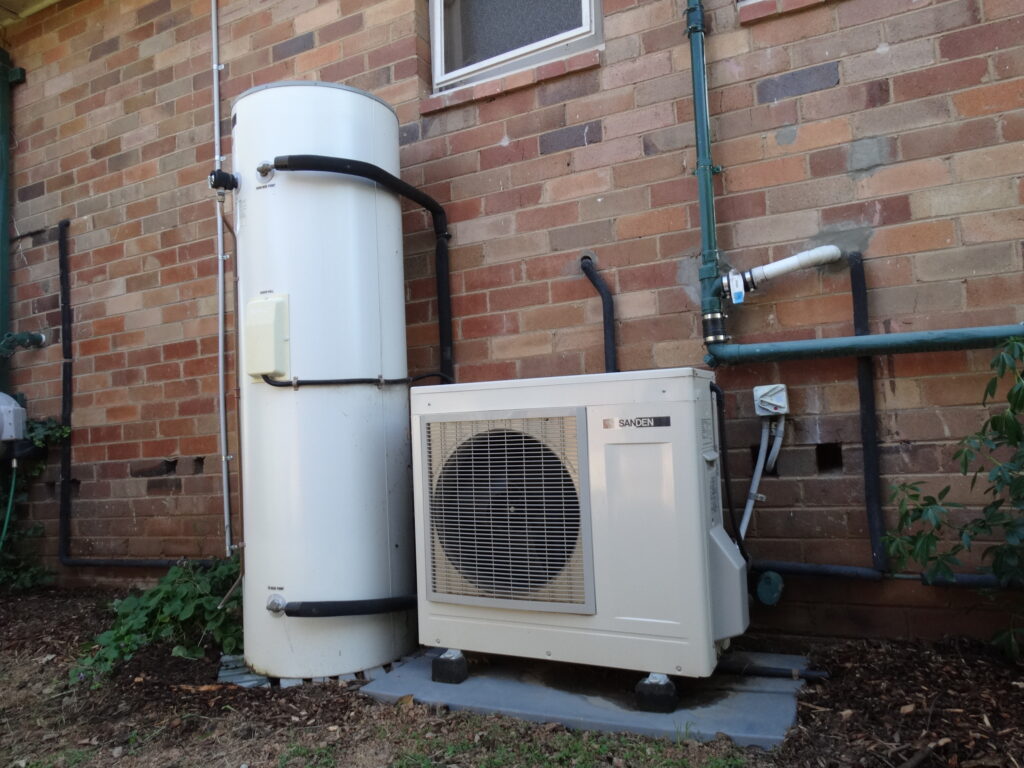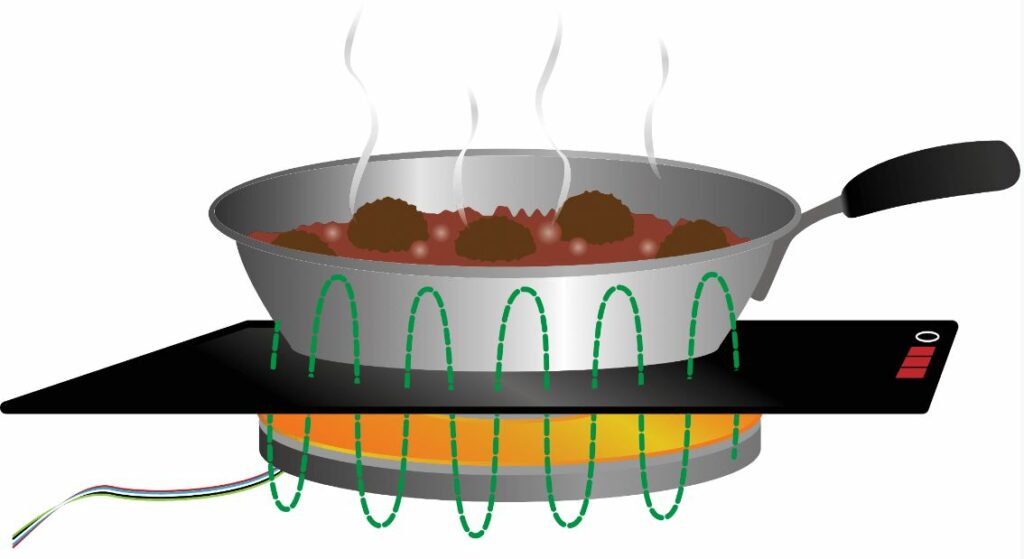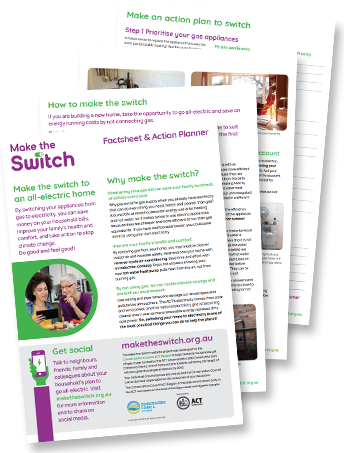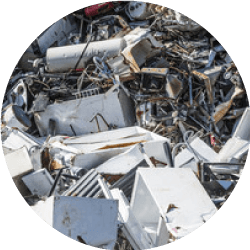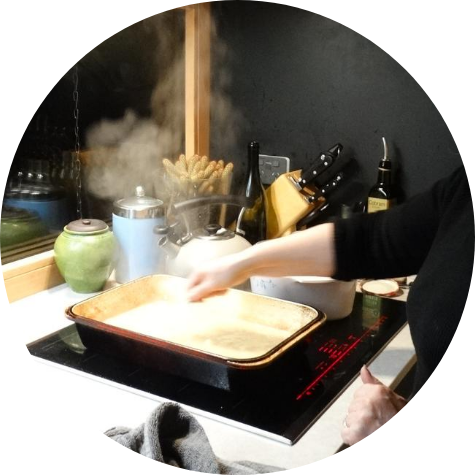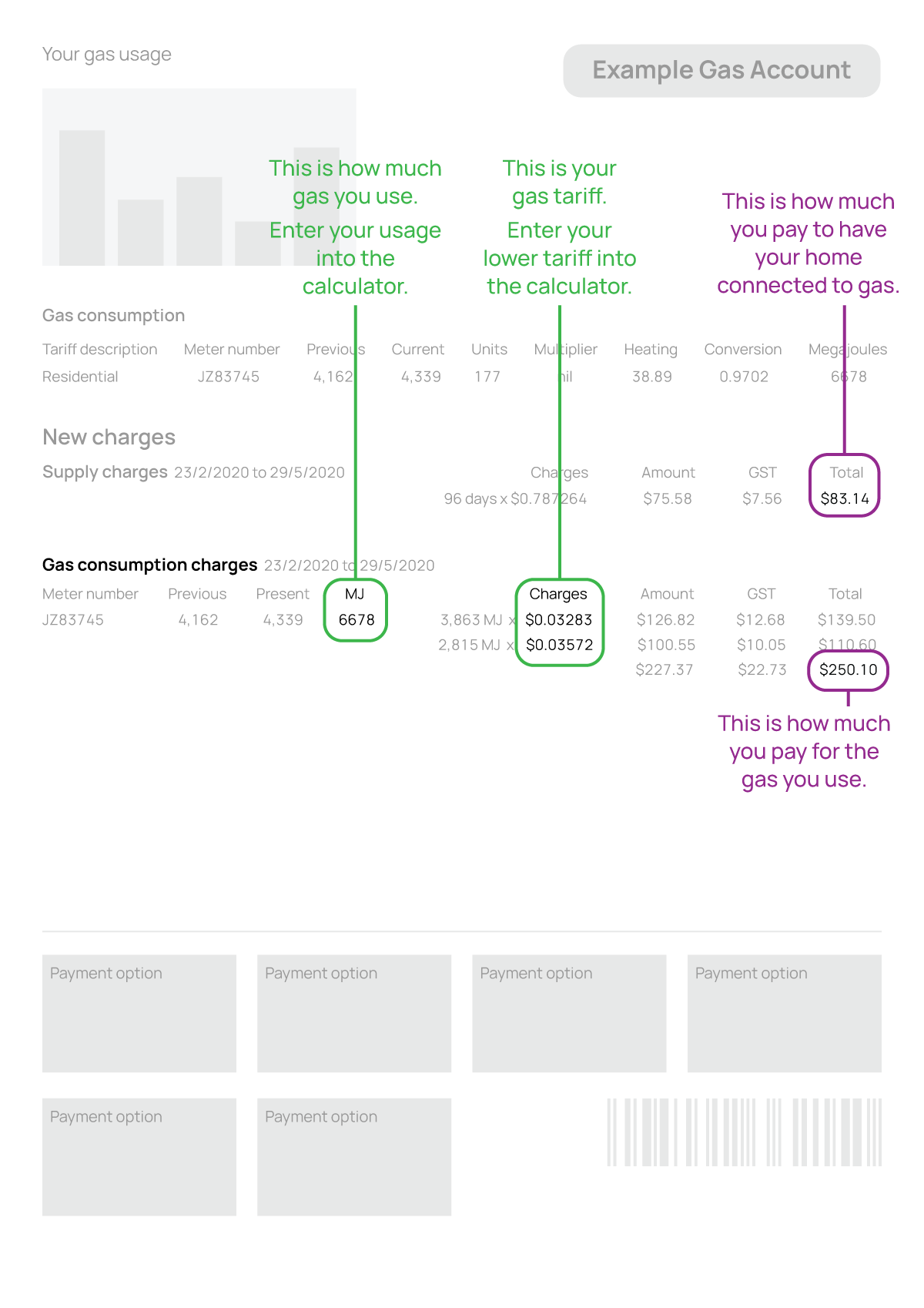Energy Rating labels, running costs calculator, energy advice and apps, information about a range of household appliances.
Energy.gov.au information for households about energy and appliance choices, financial assistance and your rights as an energy customer.
Residential Efficiency Scorecard brings an accredited assessor to rate your home’s energy use and provide tailored recommendations.
Energy Made Easy to compare energy retail plans.
YourHome, an Australian Government guide to environmentally sustainable homes.
Choice product reviews.
Everyday Climate Choices home energy advice for ACT residents.
Green It Yourself provides helpful videos on easy DIY home energy projects.
Better Renting Home Truths energy efficiency guide for renters.
Home Energy Assessment Webtool for self-assessment of home energy efficiency, producing a tailored report for improvements, suitable for home owners, renters and landlords.
Australian Energy Foundation for independent household energy advice including solar power, energy efficiency, heating, hot water, lighting, and finding quotes and installers.
My Efficient Electric Home Facebook group of experts and homeowners dedicated to improving the energy performance of Australian homes.
Renew website and magazine, providing expert, independent advice on sustainable solutions for the home to households, government and industry. See also Renew’s Getting off gas toolkit for more information about home electrification.
Efficiency Matrix provides helpful videos about insulation, air-tightness and more.
Green electricity guide and summary article comparing the environmental credentials of electricity providers (Note that the analysis was last conducted in 2018).
GreenPower scheme and review for electricity customers to purchase renewable energy.
SunSPoT information and analysis to help energy consumers and PV businesses make better decisions about investment in solar PV.
Carbon Counter can help identify and measure simple ways to reduce your carbon footprint.
Design For Place free home designs for passive energy efficiency,
Australian Energy Market Commission Electric appliance efficiency factsheet – understand how electric appliances impact your electricity bills.
Want to do more for your home, community and planet? Check out the UN’s Lazy person’s guide to saving the world.
ClimateClever app for businesses to reduce greenhouse gas emissions, including measuring scope 1, 2 and 3 emissions.
Net Zero Guide to reducing emissions across households and the community, produced by Zero Emissions Solutions

